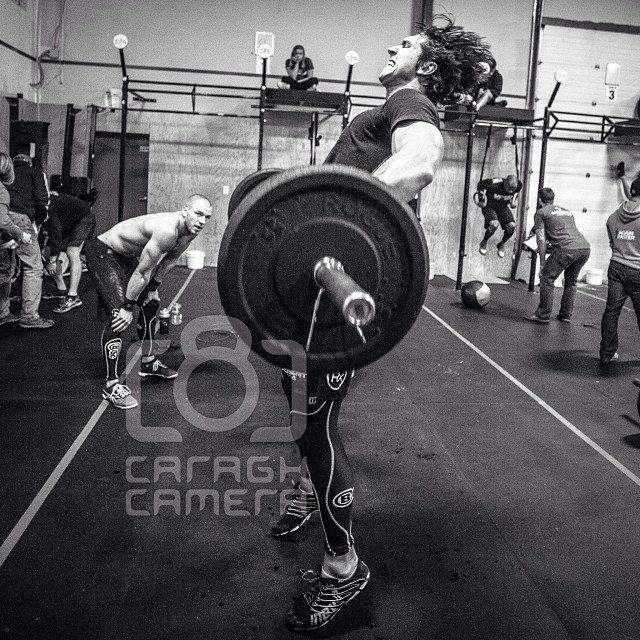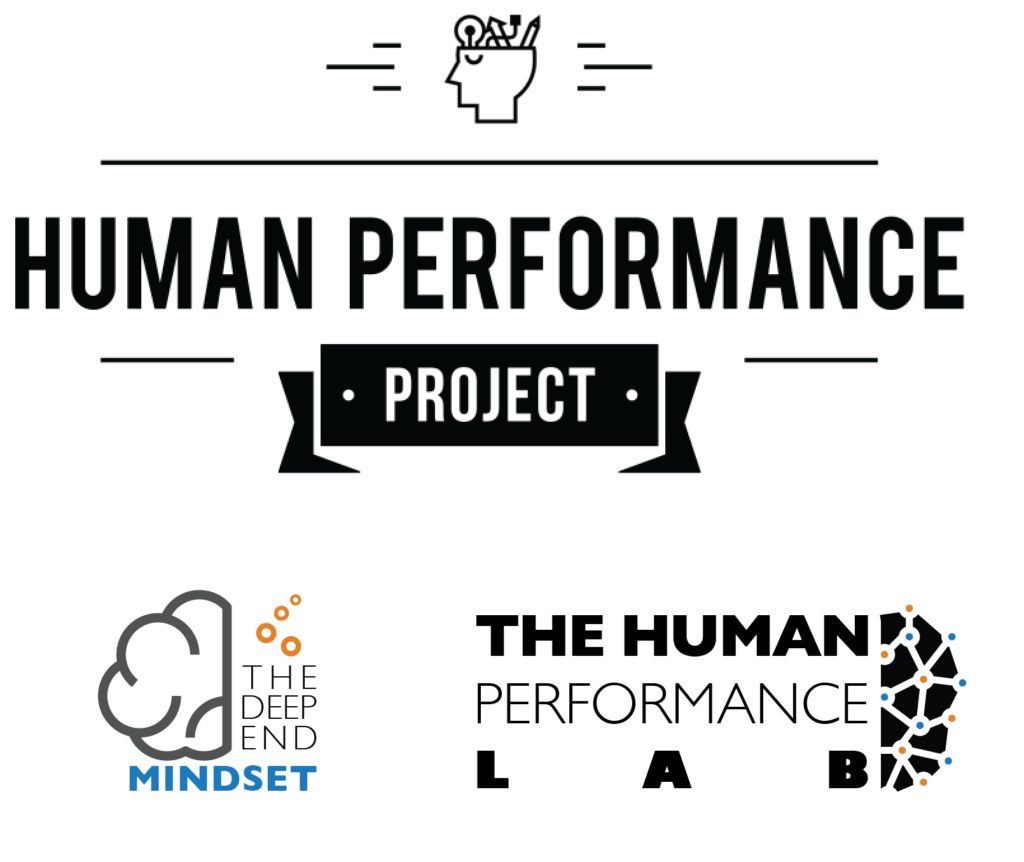Learning the hard way.
It was my first Open competition as a competitive Crossfitter, I was wide eyed and eager to dominate every workout that came my way. I stepped up to the bar for 13.2, a 10 minute AMRAP of 5 shoulders to overhead, 10 deadlifts @ 115, and 15 box jumps.
“This is lightweight, won’t be a problem…”
6 minutes later I hit a painful physical wall as my posterior chain seized up and I literally had to fight for every deadlift and box jump. I had sprinted out of the gates and underestimated the consequence of overtaxing that system.
I have sure come a long way in a year’s time.
And what I have learnt is that it all comes down to knowing yourself as an athlete.
In a sport where every athlete’s background provides as many weaknesses as strengths, understanding how to effectively breakdown and attack a workout is critical.
Do you know what movements, combinations of movements, time domains, and rep schemes are in your wheelhouse? What about the movements that make you nervous, that you know you have to treat with utmost respect?
Here are 5 ways I strategically breakdown my attack strategy for every workout.
1. How much does it cost to “Re-Buy”
In any given workout, movements will require various levels of “buy-in” to begin the execution of the first rep. For example, many gymnastics and bodyweight movements require little to no buy-in to begin your working set. Barbell movements like shoulders to overhead or an overhead squat, on the other hand, require a clean or snatch to start the movement.
Compare the difference in transition between one burpee and one shoulders to overhead. While the start and end points of the burpee are relatively identical, each set of shoulders to overhead requires you to move the weight from the ground to the front rack position before you have the opportunity to perform your first rep.
Every time you break up a set requiring a “buy-in” you are adding a cost to your overall workout. This cost is represented in both time and energy.
In Open workout 14.2 did you experience the feeling of desperately wanting to put down the bar in those overhead squats? My shoulders were on fire as I was working through the later rounds but I knew I couldn’t drop that bar. Resting in the overhead position between sets would be exponentially faster than splitting up a set and having to re-buy.
In each workout, identify the areas that require a high buy-in and determine how you can work through those reps in the least amount of sets as possible. Many times taking 5-10 seconds before your set and going unbroken will save you more time and energy than having to re-buy several times.
2. Fear of the GOAT
What is that movement on the whiteboard you are terrified of?
Don’t panic.
The key is to think about how you can manage the workload as efficiently as possible without going past the point of no return. We saw this with the toes to bar in this year’s 14.4 Open workout. Those who tried to hit a big set of 15-25 but quickly resorted to singles fell drastically behind those who came in with a plan to manage short quick sets all the way through.
Being a heavier, longer athlete, toes to bar are naturally more work and harder to manage big sets. Knowing my body-type, I chose to break up my set of 50 into 5’s. I had to resist the urge blast through a big set at the beginning when I was feeling fresh. This was a great strategy as I was able to get through the T2B quickly and move through the rest of the work smoothly, finishing the cleans at 9:20.
Don’t give into the fear of falling behind, instead focus on the gameplan you are confident in.
3. Flirting with the redline
Think of your redline as the pace you can manage for no more than 60 seconds, usually at the end of a workout when you know you can give it your all before the time is up. If you hit that redline in the first 2 minutes of a 10 minute workout, you’re in trouble. To address when I can push past the redline is in any given workout, I consider 3 factors:
- the style of workout: is it a 3 minute sprint or a 10 minute marathon?
- the movements in question: are you doing slow and steady wallballs or rebounding box jumps?
- the type of athlete you are: what do you find spikes your heartrate and leaves you fatigued?
To manage my redline in 14.5 I decided to use a step back/step up technique on the burpees. This workout was all about finding the fastest pace I could maintain throughout the whole workout. By slowing down on the burpees I avoided spiking my heart rate before picking up the bar for thrusters. I focused on moving at a smooth and steady pace and let my breathing dictate how fast I could move.
It may not look pretty, but this slow and steady approach was good for a time of 11:29 and a top 50 place in the region.
As you gain experience, keep in mind which workouts spike your heartrate or leave you feeling really fatigued after a set. Consider this data as you strategize your next workout and adjust your strategy and pacing if you know you will need a slow and steady burn.
4. Avoiding system failure
In some workouts there will be movements that, coupled together and given your strengths and weaknesses, can cause massive system failure. I learned this the hard way in 13.2.
I also learned this is different for everyone. One of my training partners, Pete Kendrick, loves box jumps and deadlifts. As I was pressing the eject button mid workout I watched Pete fly though it at a blazing pace.
We all have our unique strengths and weaknesses. Part of being the best athlete you can be is managing your weaknesses in a workout that exposes them.
Identify the areas that may cause your system failure. Strategize how you will get through these movements at a consistency pace. Remember it’s almost always better to move slow and steady rather than sprint out of the gates.
5. Timing your sprint to the finish line
There always comes a point where the end is in sight.
Identifying this point in the workout is critical and will help you get the absolute most out if yourself as an athlete and a person. Pushing through the wall and forcing yourself to sprint the finish is one of the most rewarding aspects of Crossfit. We call it “going to that dark place”.
This is the point in the workout where you know you can turn your mind off and ignore all of the signals your body is sending your brain to stop because of how much it hurts to keep going.
Sometimes your sprint may be spread out over the course of a couple minutes, other times it will literally be the last 2-3 reps of your workout. Remember me talking about intentionally slowing down my Burpees in 14.5 to maintain pace? Watch what happens when I know the finish line is in sight for my final reps. It may not seem like much, but sprinting these final 6 reps was the difference between a few spots in our Canada West Region.
How will you break it down?
I would love to hear how you strategize and breakdown your workouts? Do you tend to spend a lot of time beforehand thinking about how to navigate the movements and rep schemes? Or do you wing it and adjust mid-WOD?
Leave a comment below or shoot me a tweet @TyrellMara!
Join me on the journey to competing at the 2014 Crossfit Games


